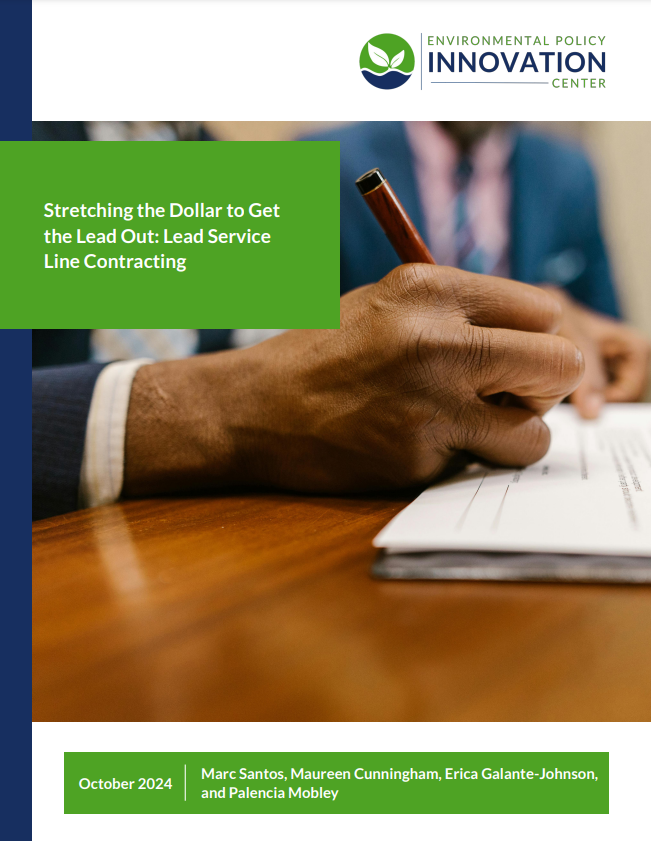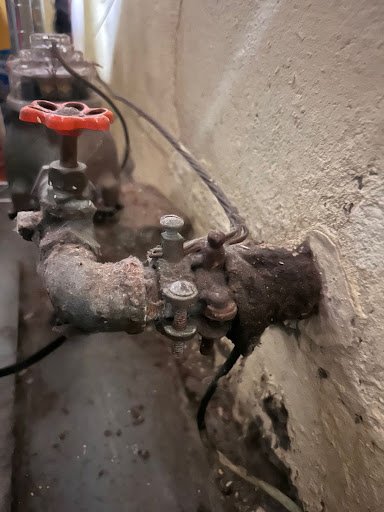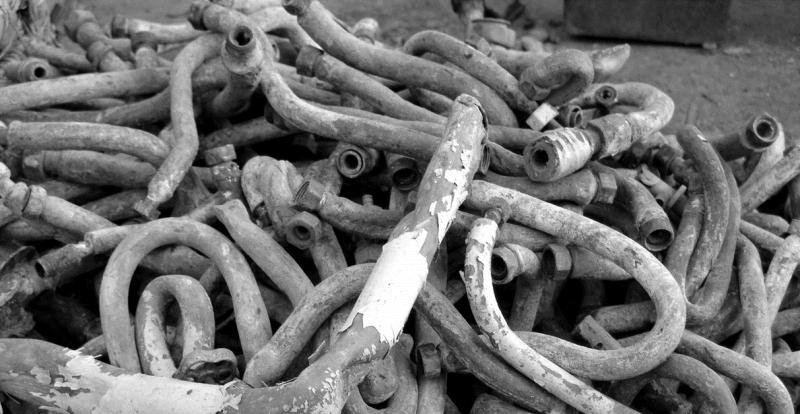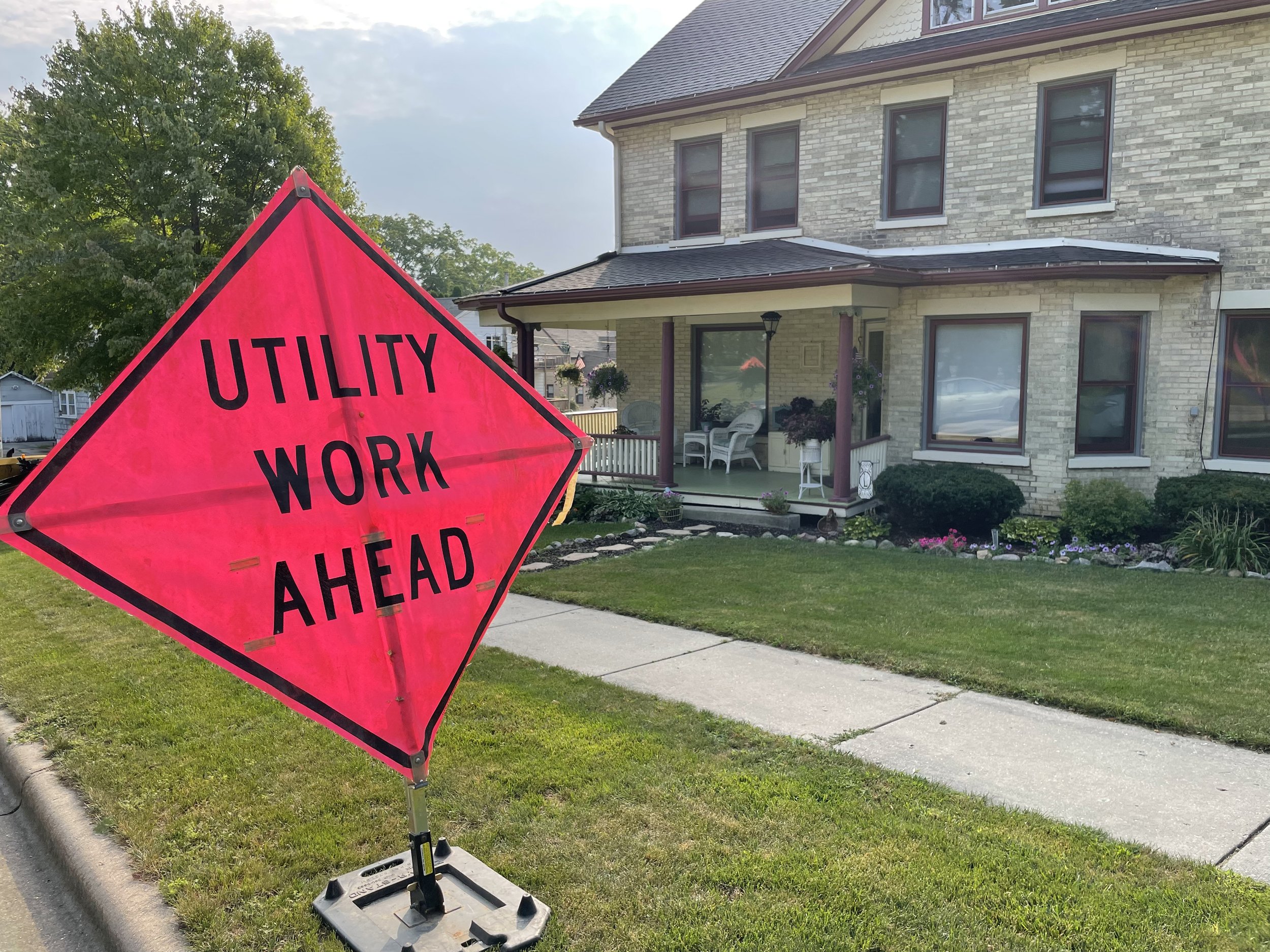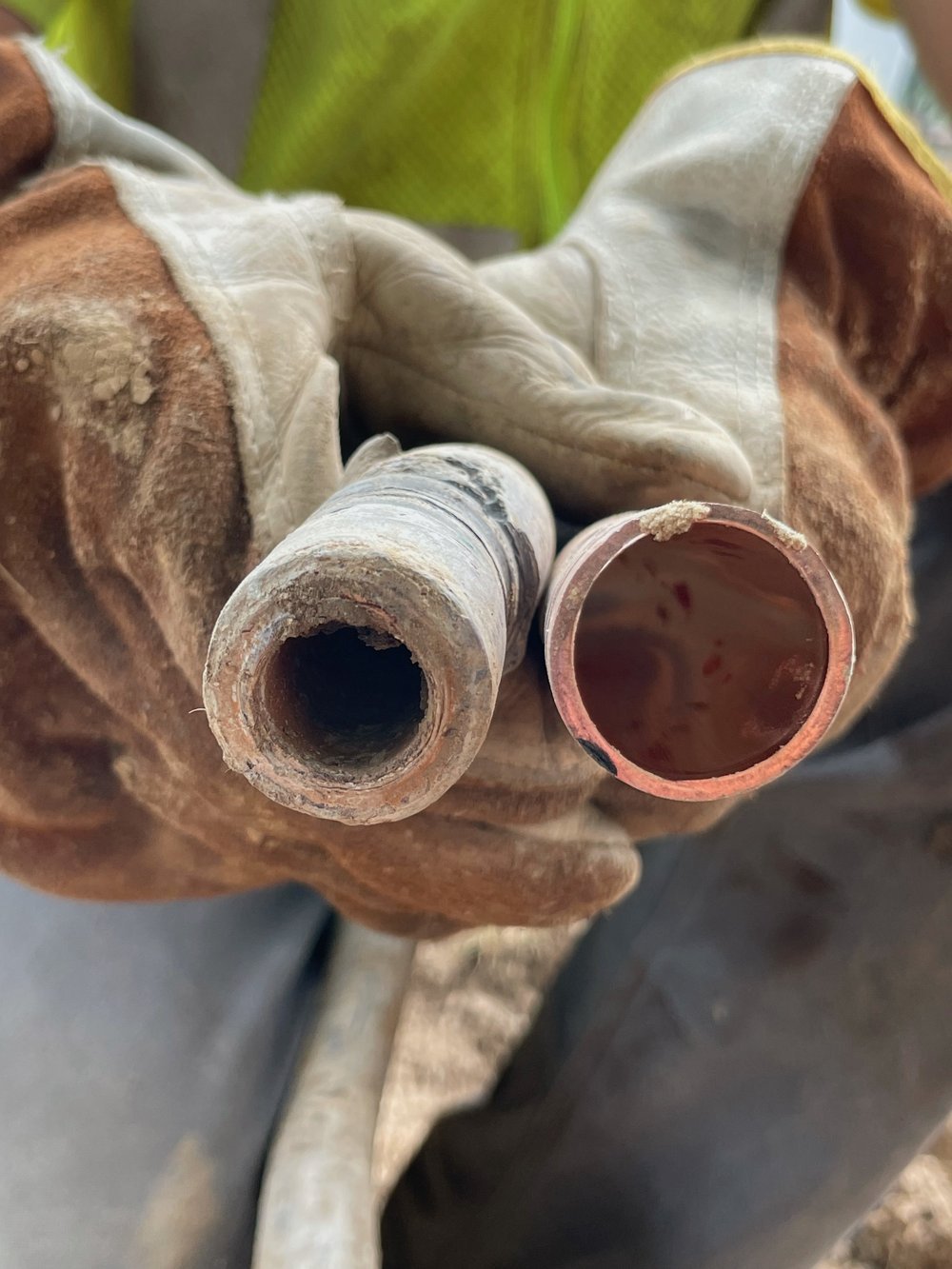Replacing Lead Water Pipes Over the Next Decade
EPIC believes that we can replace all of the lead water pipes in this country in ten years. Cities like Newark, which replaced 23,000 lead pipes in the past few years, prove it’s possible. Our goal is straightforward - to build the policies and practices to ensure faster replacement of toxic lead water pipes. We advance strategies that replace pipes efficiently so the available funding goes further and under-resourced communities are prioritized.
The Opportunity
Today, we have an unprecedented opportunity to eliminate the solvable problem of lead in drinking water. This is largely due to several major developments:
The American Rescue Plan Act (ARPA) funding which many municipalities are using to fund lead pipe replacement.
The passage of the Infrastructure Investment and Jobs Act (also known as the Bipartisan Infrastructure Act, or BIL) with $15 billion for lead pipe replacement.
The adoption of new federal lead and copper regulations at the end of 2021.
Without key changes in policies, procurement, data management, and practices, we may miss the potential of this moment.
The Need
Smaller and medium-sized municipalities often don’t have the technology and tools or resources to clearly locate and map their lines, update their data systems, digitize their paper records, update maps in real time as replacement happens, or prioritize replacement in the most burdened neighborhoods. Municipalities sometimes don’t have the right tools or personnel to communicate effectively to the public, or the needed partners on the ground in the community to build trust. And they often don’t have the capacity to create a financial plan and design and implement an effective lead service line replacement program. In many cases, too, communities may procure contractors from outside their region, rather than hiring locally.
Newark is an example of a city that replaced 100 percent of its lead pipes in three years through a coordinated effort between city officials and other partners, leadership at all levels of their local government, critical funding that included municipal bonding and other innovative arrangements, and a staggering 70 percent of the program costs staying within the community thanks to local hiring and workforce development.
The question is… how do we create more Newarks in 11,000 communities across the country with lead pipes?
While replacing one pipe may seem simple, replacing ten million of them in thousands of communities is not. Municipal governments need fast and cost-effective ways to identify where their lead lines are, digitize and manage their data, communicate effectively to the public, prioritize burdened populations and neighborhoods, center the community’s needs, and hire, train, and procure contractors locally to carry out replacements.
We won’t stop until the last lead pipes are replaced in this country. If you are interested in partnering with us, please contact us today!
Our Strategy
-
We provide communities across the country with support in developing lead service line inventories, replacement plans, communications, and procurement and workforce plans through our Funding Navigator.
-
Through research technical assistance, and partnerships, we look for innovative strategies, especially those that help finance lead pipe replacement, elevating examples of Public-Private Partnerships, Pay for Success, and impact bonds.
-
Strong leadership is needed from mayors and elected officials. We launched a movement of these leaders and cities with the Great Lakes and St. Lawrence Cities Initiative. We support key principles in all aspects of lead service line replacement to ensure the most vulnerable people, neighborhoods, and communities are prioritized in lead pipe replacement programs.
-
Our research shows that small and under-resourced communities have been left out of federal funding for water infrastructure funding in the past, which is why we are tracking new federal spending at the state level.
Our Work in Action
Resources























